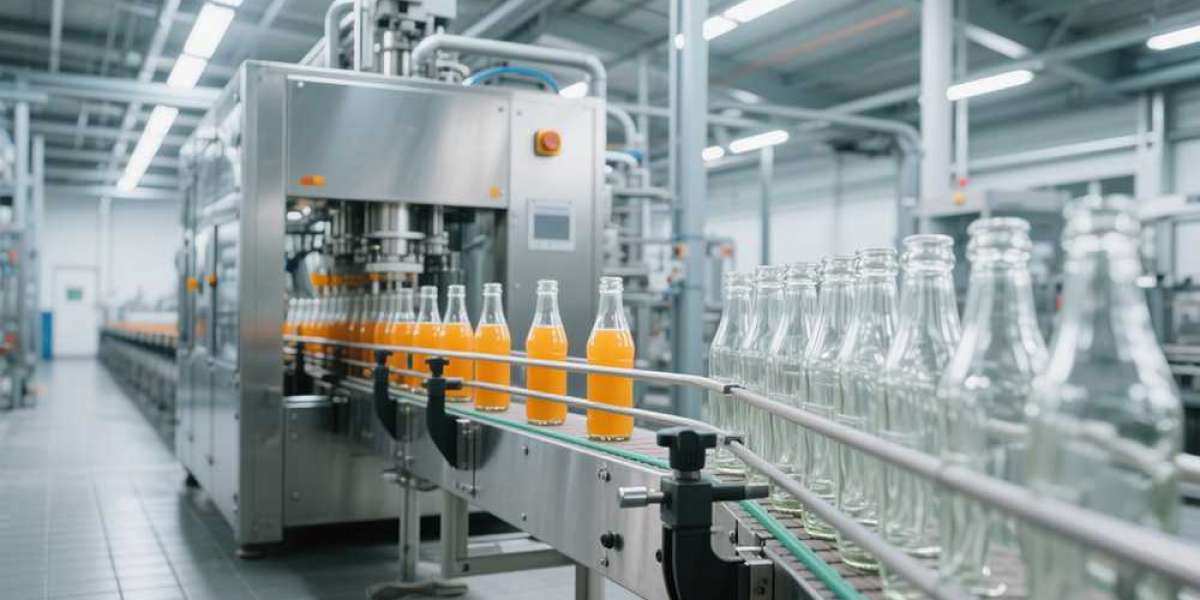Choosing the right bottle filling machine isn’t just about picking a piece of equipment—it’s about aligning your purchase with your production goals and bottom line. For businesses weighing semi-automatic and automatic options, the decision often comes down to one critical question: Which delivers better return on investment (ROI)? Let’s break down the differences, using real-world performance and cost factors to help you decide.
What Makes Semi-Automatic Machines Tick?
Semi-automatic bottle filling machines are the workhorses for small to medium operations. Built with food-grade stainless steel (SUS304) and designed to meet GMP standards, they’re durable enough for everything from hot sauce and honey to hand cream and oil. Their sweet spot? Flexibility and affordability.
These machines operate at a steady 5–25 bottles per minute, which sounds modest, but that’s intentional. They’re made for businesses that don’t need to churn out thousands of bottles daily—think craft sauce makers, local cosmetic brands, or small-batch juice producers. The filling volume adjusts easily (from 10ml to 5L), and they can handle various viscosities, from thin liquids like water to thick pastes like tomato sauce.
What really stands out is the low barrier to entry. Semi-automatic models cost less upfront, and their simple design means lower installation fees. They’re also easy to operate—staff can learn the ropes in no time, whether using the automatic mode or the handy foot pedal for manual control. Maintenance is straightforward too, with minimal parts to fix, keeping downtime short and repair costs low.
The Case for Automatic Bottle Filling Machines
Automatic bottle filling machines are built for scale. If your production line runs 24/7 or needs to keep up with massive market demand, this is where you’ll see value. Designed initially for high-stakes industries like pesticide manufacturing (where precision and speed are non-negotiable), these machines cranking out bottles at a much faster pace—perfect for large-scale operations.
Accuracy is their superpower. Equipped with advanced sensors, they fill each bottle to exact volumes, slashing waste from overfills or underfills. That’s a big deal for regulated industries, where compliance isn’t optional, but it also boosts customer trust—no one wants a bottle that’s half-empty.
Durability is another win. Made to withstand corrosive chemicals and heavy use, they’re built to last, even in tough factory environments. And while they need more upfront investment, their efficiency shines in the long run: fewer operators required, minimal downtime, and continuous production runs that keep up with spikes in demand.
Crunching the ROI Numbers
Let’s get practical. ROI isn’t just about how much you spend—it’s about how much you gain over time.
- Initial Investment: Semi-automatic machines are lighter on the wallet upfront. Their lower cost makes them ideal for startups or businesses with tight budgets. Automatic models, with their advanced tech and larger build, come with a higher price tag, but they’re built to handle more volume.
- Operational Costs: Semi-automatic machines need more hands on deck. If you’re running 500 bottles a day, you might need one or two operators to load bottles and monitor the process. Automatic machines, though, run mostly unattended—saving on labor costs as production scales.
- Speed = Revenue: Let’s say you sell a bottle of hot sauce for 5. A semi-automatic machine doing 25 bottles/minute hits 3000 bottles/day (8 hours). That’s 15,000 in daily revenue. An automatic machine, running at higher speeds—say 100 bottles/minute—hits 48,000 bottles/day, totaling $240,000. Over a month, that gap widens dramatically.
- Waste and Compliance: Automatic machines cut down on wasted product (thanks to precision filling) and reduce the risk of regulatory fines—both of which eat into profits. Semi-automatic models are accurate (±1%), but human error can sneak in, leading to more waste over time.
Which One Fits Your Business?
It boils down to scale and growth plans.
- Go semi-automatic if: You’re a small business with steady but low-volume production (under 10,000 bottles/week), want to keep initial costs low, or need flexibility to switch between products (like a farm stand selling both honey and salad dressing).
- Go automatic if: You’re ramping up production (10,000+ bottles/week), operate in a regulated industry (like pesticides or pharmaceuticals), or plan to expand into larger markets—where speed and consistency will keep you competitive.
There’s no one-size-fits-all bottle filling machine. Semi-automatic models offer a budget-friendly, flexible start, while automatic machines deliver long-term efficiency for high-volume operations. The best ROI comes from matching the machine to your current needs and future goals—so you’re not overspending today or limiting growth tomorrow.








